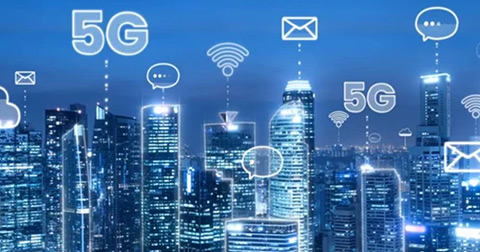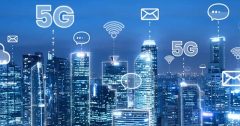Objective: Smart City
Smart cities represent the urban evolution toward the integration of advanced technologies to improve citizens’ quality of life, service efficiency, and environmental sustainability. Recently, significant innovations have emerged in this field, along with practical examples of implementation.
Emerging Technologies in Smart Cities
The Internet of Things (IoT) and Artificial Intelligence (AI) are at the core of the smart city transformation. IoT enables the connection of devices and sensors that collect real-time data, while AI analyzes this information to optimize various urban services. For example, smart grids use sensors and digital technologies to monitor and manage energy distribution, balancing supply and demand and integrating renewable sources to reduce waste.
Another key innovation is Digital Twins—digital replicas of physical entities that allow the simulation and analysis of urban scenarios. These tools are essential for urban planning, enabling the testing of innovative solutions and predicting the impact of infrastructure interventions.
Case Studies of Implementation
Several cities around the world are adopting these technologies to become smarter and more sustainable. For instance, Singapore has implemented an extensive network of sensors and data analysis systems to monitor traffic, air quality, and energy use, improving the efficiency of public services.
In Italy, the city of Palermo has begun developing a central Control Room that serves as the city’s operational hub. This infrastructure integrates data from sensors and AI technologies to monitor mobility, safety, the environment, and public services in real time, allowing timely interventions and more efficient resource management.
These examples highlight how the adoption of advanced technologies can transform cities into more livable, sustainable, and resilient environments, effectively addressing contemporary urban challenges.




